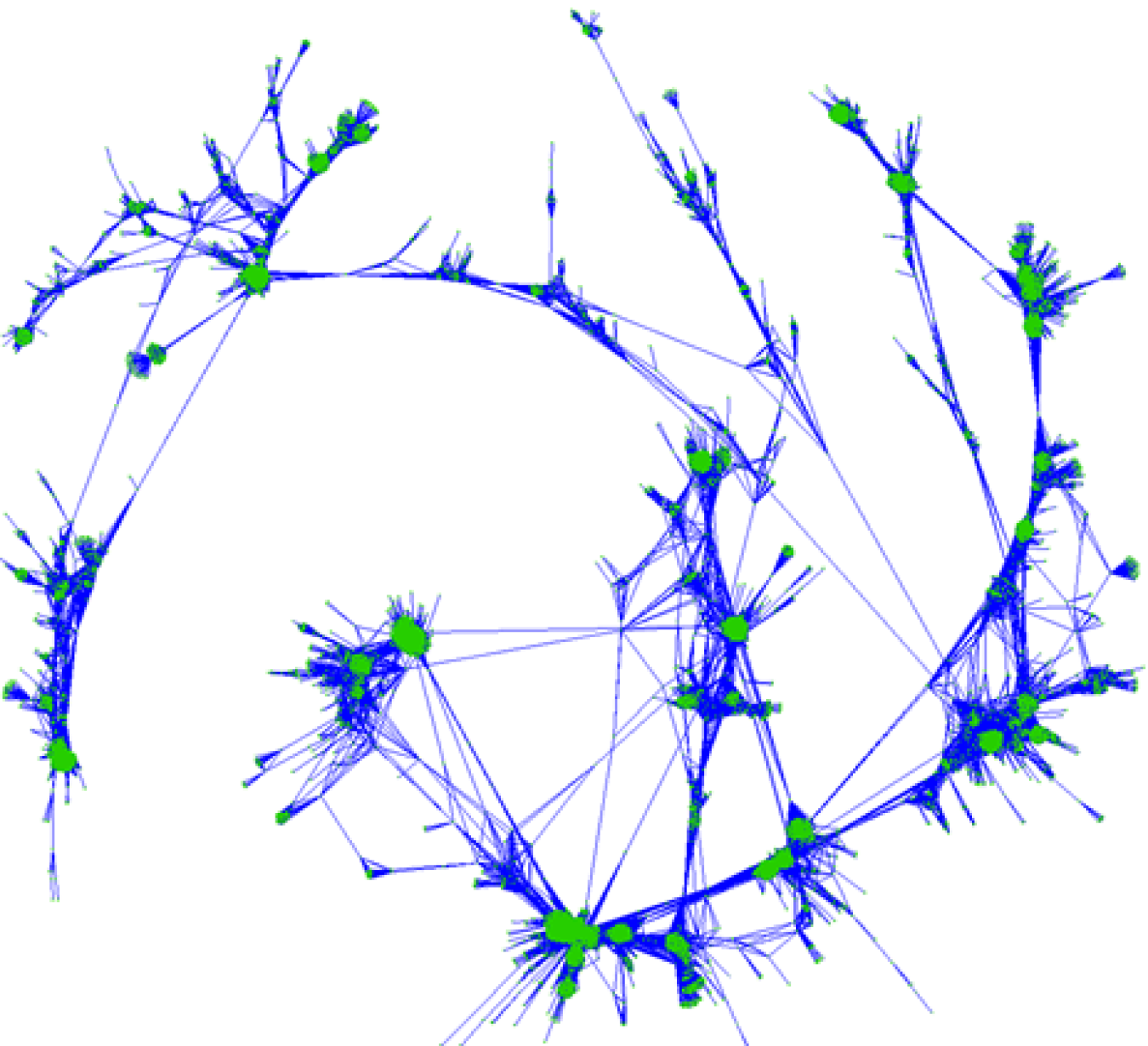
Genomics is an interdisciplinary field of science that focuses on the structure, function, evolution, mapping, and editing of genomes. A genome is an organism's complete set of DNA, including all of its genes. An organism’s genes direct the production of proteins with the assistance of enzymes and messenger molecules. Genomics contrasts with genetics, which refers to the study of individual genes and their roles in inheritance. Instead, genomics aims at the collective characterization and quantification of genes.
DOE Office of Science & Genomics
One of the most important developments in the field of biology over the past century was the Human Genome Project (HGP). The HGP was a 10-year effort led by the U.S. government that culminated in the first complete sequencing of a human genome in 2000. The HGP launched the field of genomics, transformed medicine, and largely gave birth to the modern biotechnology industry.
The original idea and impetus for the HGP came from DOE’s Office of Science (then called the Office of Energy Research). Many researchers viewed the sequencing of an entire human genome as nearly impossible. But based on DOE’s long experience with “Big Science” endeavors dating back to the Manhattan Project, HGP pioneers had confidence in the federal government’s ability to deploy sufficient resources to accomplish this task. DOE’s initial reason for leading the HGP was its interest in better understanding the genetic effects of radiation exposure. But DOE and the scientific community knew that success in the project would have much broader consequences for both science and society. Today, DOE support for work at the Joint Genome Institute user facility and other institutions advances genomics for clean energy generation and environmental characterization and cleanup.
Genomics Facts
- Functional genomics attempts to make use of the vast wealth of data produced by genomic projects (such as genome sequencing) to describe the functions and interactions of genes and proteins.
- Structural genomics seeks to describe the three-dimensional structure of every protein encoded by a given genome.
- Epigenomics is the study of the complete set of epigenetics. Epigenetics is the study of how the way genes are expressed can change without the genes themselves changing.
Resources and Related Terms
- Department of Energy Joint Genome Institute (JGI)
- Meet the Director: Nigel Mouncey
- Revealing Viruses’ Hidden Influence
- From Great Prairie to Gigabytes: Sequencing the Genomes of a Microbial Ecosystem:
- Berkeley Lab Biosciences Environmental Genomics & Systems Biology Division
- 2021 Department of Energy Office of Science Biological Systems Science Division Strategic Plan
- Science Highlight: A MAGIC Approach to Understanding the Genetic Basis of Complex Biological Functions
- Science Highlight: 'Extreme' Plants Grow Faster in the Face of Stress
Scientific terms can be confusing. DOE Explains offers straightforward explanations of key words and concepts in fundamental science. It also describes how these concepts apply to the work that the Department of Energy’s Office of Science conducts as it helps the United States excel in research across the scientific spectrum.

